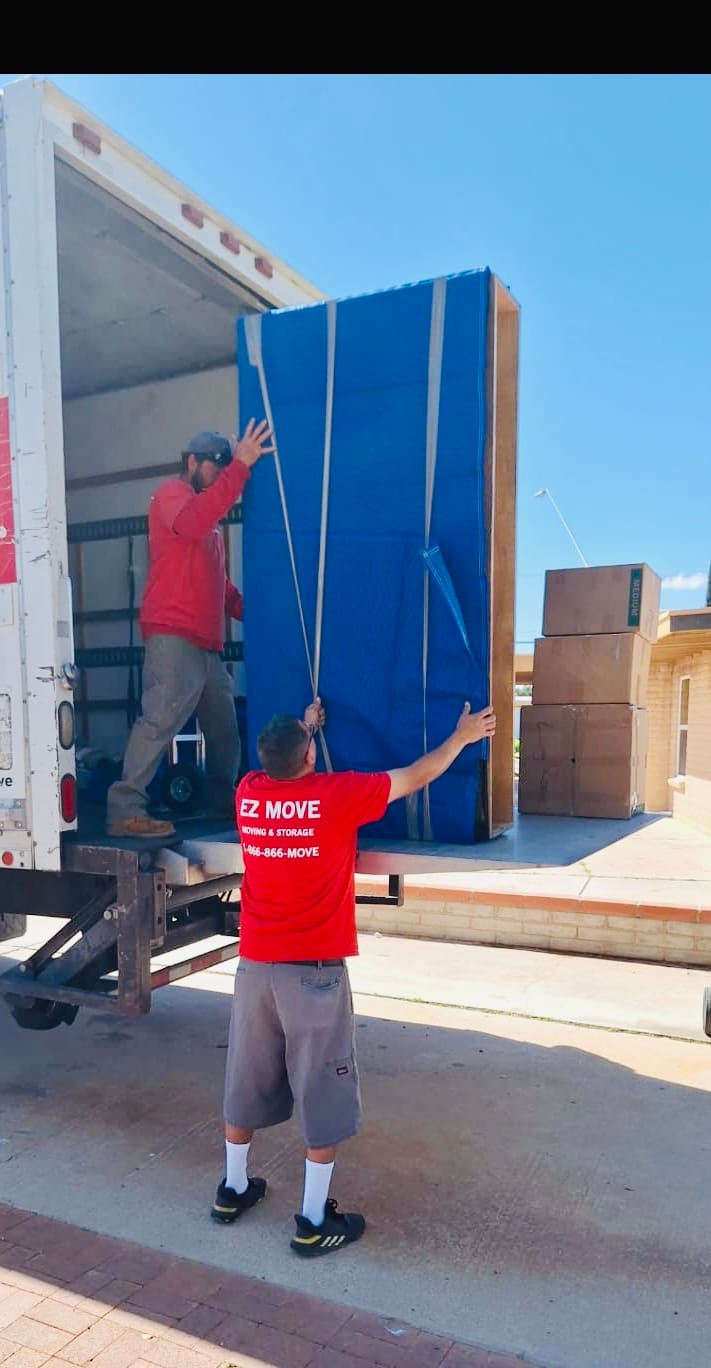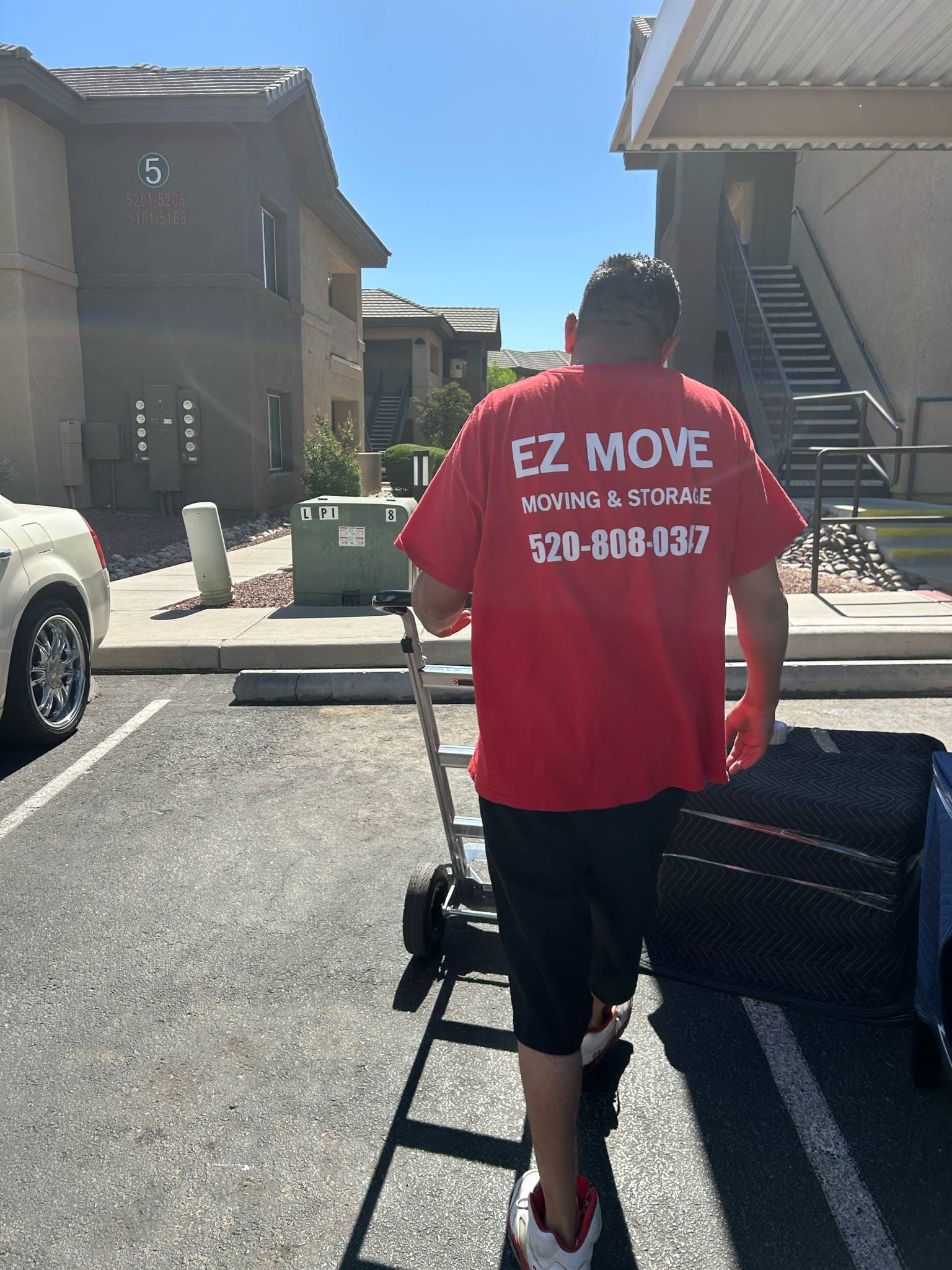-
Check tire pressure and tread
Most new cars will have a display light that comes on if you have lost tire pressure. Each vehicle manual will give the appropriate measurement of tire pressure, but be sure that you do not over-inflate your tires, as that can cause them to blow out if you are driving at a high rate of speed. Your tires also have tread that you will need to check. Personally, the penny-check is a favorite of mine. You insert a penny into the tread, and if it goes below Abe Lincoln’s shoulders, you need new tires. You will also want to replace your tires if you notice any sort of bubbling as a result of tires sidewalls hitting curbs.
-
Change your oil
Oil is literally what will keep your car’s engine going. With so many metal pieces contracting, your vehicle needs plenty of lubricants to keep things running smoothly.
-
Check fluids
You will want to make sure that the fluids in your car are not low, such as transmission fluid, coolant, differential fluid, windshield wiper fluid, etc. All of these fluids are responsible for keeping your vehicle properly lubricated for trips of all lengths, big and small. If you are out of one, it is not like the other fluids can make up for it, so be sure that all fluids are up to date.
-
Check hoses
If you live in Tucson, or another hot climate, you are well aware that hoses wear out especially quickly, not just under the heat of the engine, but also the general weather conditions. The rubber can become hard and brittle creating cracks that allow fluids to leak out.
-
Wipers
When driving long distances, your car’s windshield is likely to accumulate a ton of dust and bugs. Then there are the added visibility issues that will arise if you have to drive through unfavorable weather. Be sure not only that you have new wipers that will flow smoothly across the windshield, but also that you have plenty of wiper fluid to take care of any particularly tough splatter marks.
-
Belts
Pretty much anyone who has heard of vehicles knows that they have belts or at least one belt for the newer vehicles. What a lot of people do not know, is the function of a belt. The belt is responsible for pumping water, as well as the air conditioning, power steering, and alternator. If your belt is in bad shape, you are in for a rough trip. Take a few minutes and check that the belt is not cracked or deteriorating in any way.
-
Brakes
You will want to make sure not only that you have plenty of brake fluid, but also that your brake pads aren’t so worn down that they won’t make it several hundred, or thousand miles. If you hear a shifting sort of noise and you feel that you have to apply more pressure to your breaks, it is absolutely time to replace the brake pads.
-
Check air filter
The air filter in your car will prevent debris, dirt, dust and all manner of things from entering your car’s engine. It is the first line of defense, and should be checked often, as it can take quite a beating even when only being driven around town, so imagine what will happen during a cross country move! There is also a filter in the glove compartment of vehicles that help filter out anything that may be trying to enter your car through things like your air conditioning or heating vents.
-
Check that all lights and signals are working
Checking that all of your lights are working, including headlights, fog lights, high beams, brake, and reverse lights is a must! You will want to make sure that everything is working correctly because you can never be too safe when it comes to visibility and safety.
-
Check Battery
You will want to make sure that there is no build-up, or rather, corrosion on your battery and that the positive and negative leads are tight. You will also want to make sure that you have cables to jump start your car if necessary. Oh, and you’ll want to brush up on how to jump-start your car, YouTube tutorials are great, but if you are out of cell or wifi range, you will be out of luck!
-
Emergency Kit
In the unfortunate event that you do have some type of auto accident, whether it be a blown-out tire or something more severe like being car number 5 in a five-car pile-up, you will want to have some basic emergency equipment. Some things that are suggested are a spare tire and a jack, flares, a first aid kit, flashlight, water, and a blanket.
-
Wash your car
You will want to start your trip with a fresh car because chances are it will get dirty enough on the way. Washing the outside is the bare minimum suggested due to the fact that you will need to clean windows to ensure visibility, and you will want to make sure that there is no dust or mud obstructing any of your lights.
-
Know the elements
Do some research as to the areas you will be driving through, and what possible weather you may encounter on your journey. If you will be going through snow, will you need chains?
-
GPS and a map
If you do not have GPS in your vehicle, but you have a smartphone, they will come with some sort of map app to aid you along the way. While GPS is great, it would be wise to also have a paper map, just in case something goes wrong.
-
When loading your vehicle, distribute weight evenly
Be sure that when loading your vehicle, you don’t have all of the heavy things on one side, or even that you overload the rear of the vehicle, as it will cause the vehicle to move unevenly, affecting everything from the tires to the engine.
-
Gas and Cell Phone Charger
Make sure that before you head off on your trip, you are doing so with a full tank of gas, and perhaps a gas can in case of an emergency and that you have a cell phone charger handy.
We wish you luck on your long-distance move, and if you want to avoid the hassle of bringing a vehicle yourself, we would be happy to help you relocate, and you can save time by flying to your new home destination!



